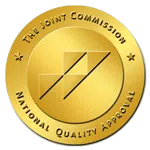
Overcoming cocaine addiction is not easy. The hardest part may be cocaine detox. During this phase, you will experience withdrawal symptoms that make you want to go back to using.
There is no easy way to deal with withdrawal, but knowing what to expect can make the process a little less difficult. This article will provide a cocaine detox timeline so you can be aware of what’s happening to your body.
What is Cocaine?
Cocaine is a stimulant drug that is naturally derived from the coca plant. The use of cocaine goes back to ancient times when people used to chew coca leaves for the stimulating effects it produced.
It wasn’t until the late 1800s that cocaine would be extracted from the plant and made into a white powdery substance. Once developed, it was believed to provide beneficial effects, including a boost in energy, a reduction of pain, and a treatment for impotence. It was used by great minds like Albert Einstein, and it was even a common ingredient in Coca-Cola.
Soon enough, people started to find out about the drug’s harmful effects. They noticed that it was addictive, and there had even been cocaine-related deaths.
Governments began banning cocaine in the early 1900s. But drug cartels still distributed it throughout the world. It was named as the second most trafficked drug in 2010. It is commonly snorted, but it also can be taken orally or intravenously. It can also be smoked in the form of crack cocaine.
How Does Cocaine Affect the Body?
Cocaine’s stimulating effects produce a burst of energy that’s often followed by a depressing low. Here are some ways it affects the body.
- Excessive energy
- Sensitivity to light, touch, and sound
- Restlessness
- Irritability
- Paranoia
- Dilated pupils
- Elevated blood pressure and body temperature
- Elevated heartbeat
- Unpredictable behavior
- Loss of appetite
- Changes in sleep patterns
- Devious behavior
- Mood swings
- Financial difficulties
- Legal issues
- Troubled relationships
- Lack of self-care
- Lack of interest in the things you once loved
- Needing to do more of the drug to get the same effects
What are the Symptoms of Cocaine Withdrawal?
After doing cocaine for a while, your body becomes used to having it in its system. When you try to get clean, the body will react by producing cocaine withdrawal symptoms that include the following.
- Increased appetite
- Restlessness
- Irritability
- Exhaustion
- Difficulty sleeping
- Cocaine cravings
- Lack of concentration
- Depression
- Fatigue
- Anxiety
What is the Cocaine Detox Timeline?
The cocaine detox timeline can be broken down into three phases as follows.
Phase One, The Crash: The crash occurs a few hours after the drug was last used. It produces increased appetite, irritability, restlessness, hypersomnia, dysthymia, and exhaustion. People do not typically experience cravings to use during this period.
Phase Two, Withdrawal: Withdrawal sets in 1-10 weeks after last using the drug. Symptoms include anxiety, lethargy, irritability, mood swings, depression, lack of concentration, intense cravings, and difficulty sleeping.
Phase Three, Extinction: Extinction follows the withdrawal phase and may last up to 28 weeks. The person will experience occasional carvings and some dysphoria.
How Prevail Recovery Can Help with the Cocaine Detox Process
Cocaine detox is not easy to get through. Your chances of success will greatly increase if you get the help of a rehab facility.
The medical staff at the facility will keep you as comfortable as possible through the detox process. They will provide medications to reduce symptoms. They will supervise you to ensure relapse doesn’t occur.
There are many facilities that offer cocaine detox assistance, but Prevail Recovery takes an approach that sets us apart.
Prevail Recovery is a rehab facility in sunny Ft. Lauderdale, FL. We offer a variety of outpatient treatments, including partial hospitalization, intensive outpatient, and outpatient programs. These allow patients to recover without taking a significant amount of time away from their everyday lives.
We take a dual diagnosis approach, simultaneously treating the addiction and its underlying symptoms. We believe this is the best strategy for long-term recovery. We integrate various therapies to work out a customized approach that’s suited to each patient’s needs. Don’t let cocaine rob you of another day of your life. Contact Prevail Recovery today. We will get you on a path for a happier, healthier living.




